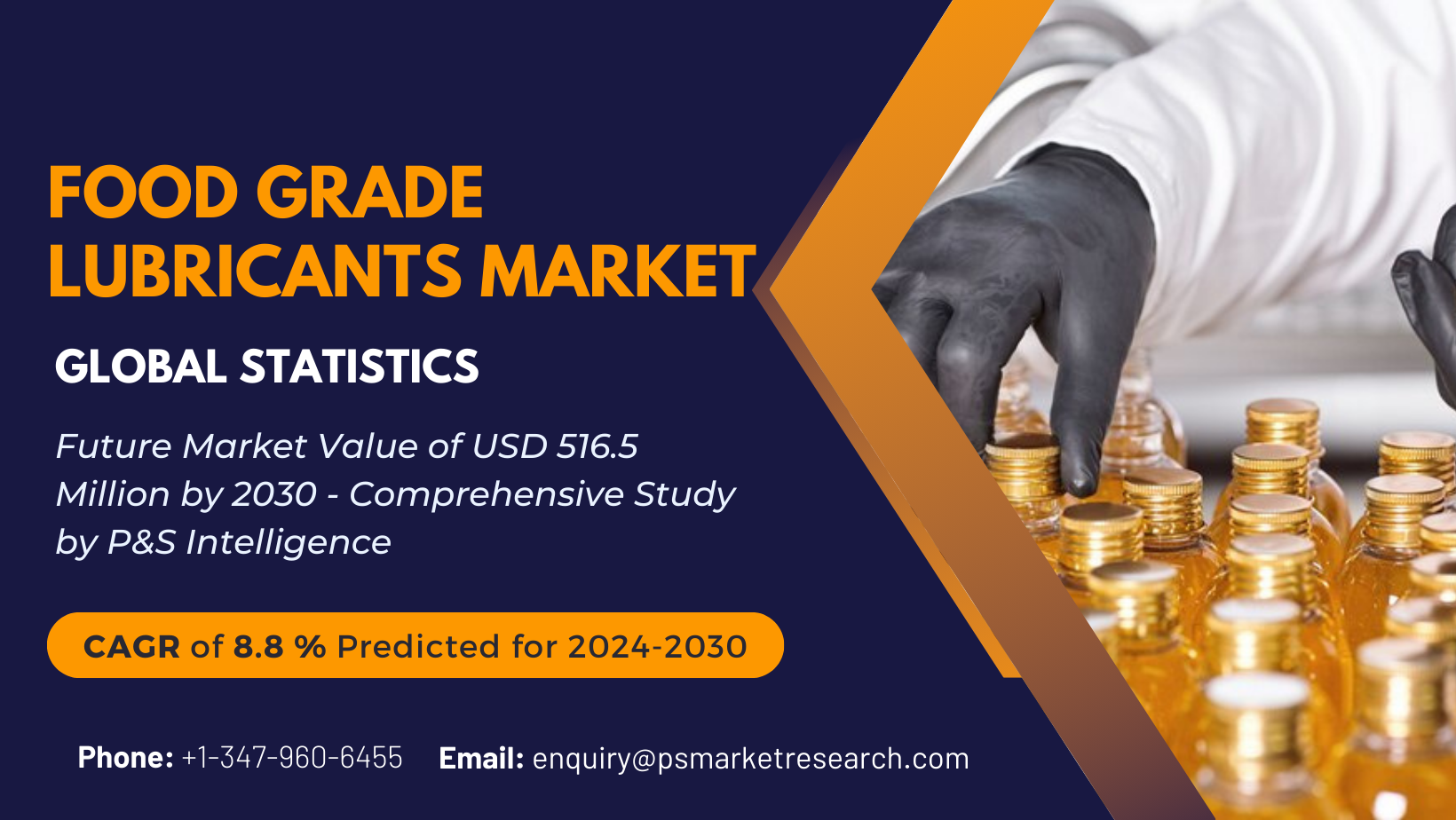Can All Lubricants be Termed as Food-Grade Lubricants

Health and safety are important considerations for food and beverages manufacturers. Strict standards are to be followed by them. Though, to guarantee that the production equipment performs well, lubrication is important.
Defining Food-Grade Lubricants
Food-grade lubricants perform the same as other lubricants. They protect the metal surfaces of machines by reducing friction, causing unwanted deterioration through adequate lubrication. They also avert oxidation, and act as a coolant while transporting power to the other parts of the system. They also shield parts against contamination, and are often compatible with sealing materials like rubber.
They show a neutral behaviour toward plastics and can dissolve sugars. These are also compliant with food safety regulations. Furthermore, they are inert, tasteless, and internationally approved.
These lubricants are frequently subjected to intense levels of environmental contaminants. Dust, microbes and water are all risks to lubricants.
Proving a Lubricant Food-Grade
Acceptance of products by the food industry is largely on the basis of compliance with globally accepted benchmarks for food safety.
Food, beverage processors need food-grade lubricants to meet production targets without compromising food safety. Certifying a lubricant with a third party for example the NSF, instead, offers assurance that a precise product does answer the regulatory needs and can be termed as food grade.
Meeting the Specifications of a Food-Grade Lubricant
There is always a possibility of a lubricant coming in some sort of contact with food or beverages. As food-grade lubricants are not a food ingredient, such contact can’t result in the contamination of food products.
For terming a lubricant as food grade, making it appropriate for use where there are chances of an incidental contact without harming, products should abide by specific regulations. These offer advice on ingredients apt for use from a list of additives, that are permitted. The lubricant should have no color, taste, or smell.
Different Categories of Food- Grade Lubricants
The classifications for the food-grade lubricants in use were devised by the USDA. The approval of any novel lubricant and its official registration into these categories depends on the ingredients used in the formulation. These are the different lubricant categories.
H1 Lubricants
These are designated as food-grade lubricants. They can be used in food-processing environments where there is a chance of lubricants coming in contact with food and beverages.
H2 Lubricants
These are also termed as food-grade lubricants. However, they are used on machinery and parts in operating environments where, there is no possibility of the food coming in contact with the lubricant.
H3 Lubricants
Finally, these lubricants are termed as “edible oils”. These lubricants are generally used in the protection of equipment coming in direct contact with the food, for example, averting metal meat hooks from rusting.
Summing Up the Scene
Due to the increasing concerns with regards to food safety all over the world, the requirement for food-grade lubricants will be on the rise. The total demand for these will reach a value of USD 516.5 million, in the next seven years.
- Art
- Causes
- Crafts
- Dance
- Drinks
- Film
- Fitness
- Food
- Jogos
- Gardening
- Health
- Início
- Literature
- Music
- Networking
- Outro
- Party
- Religion
- Shopping
- Sports
- Theater
- Wellness




